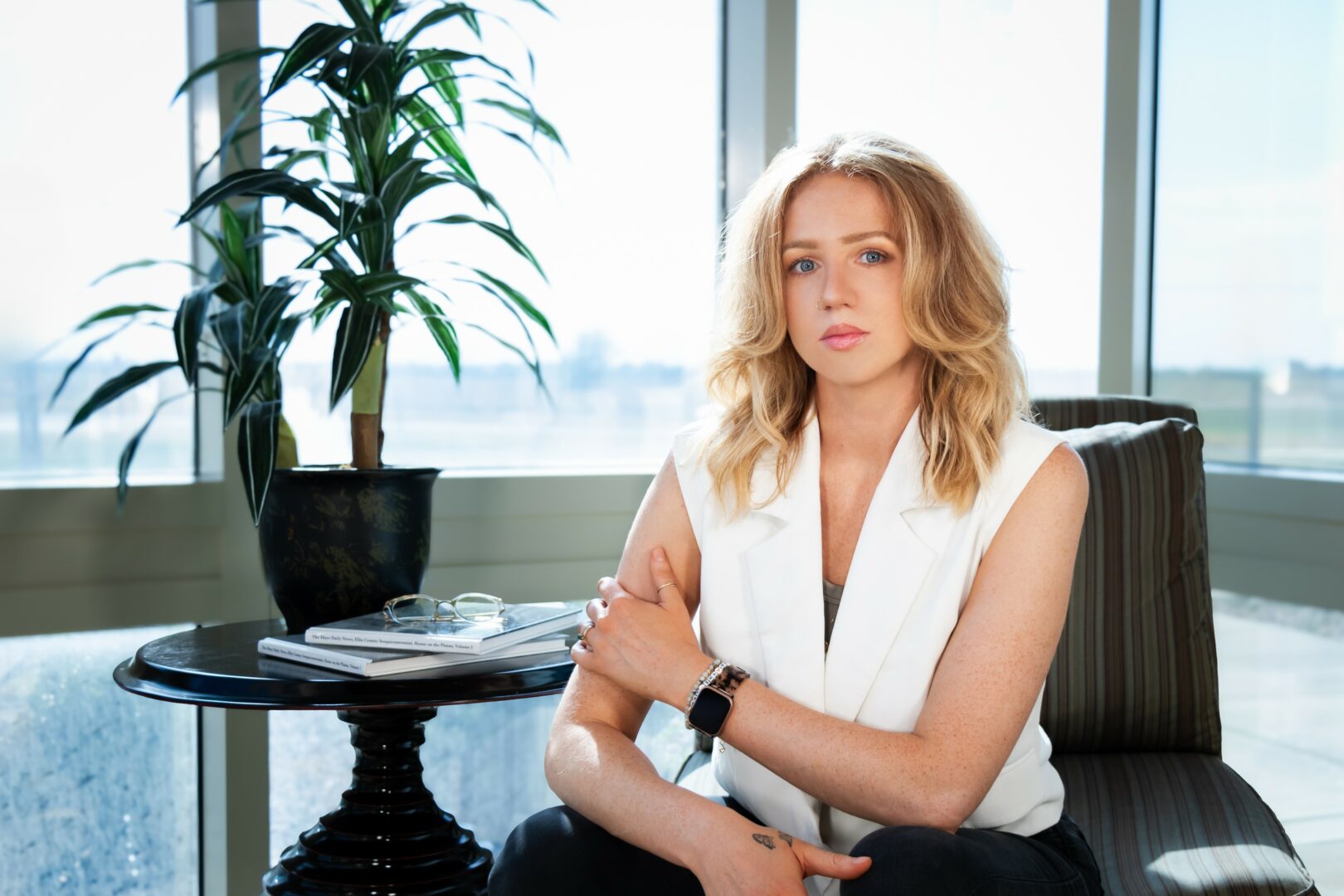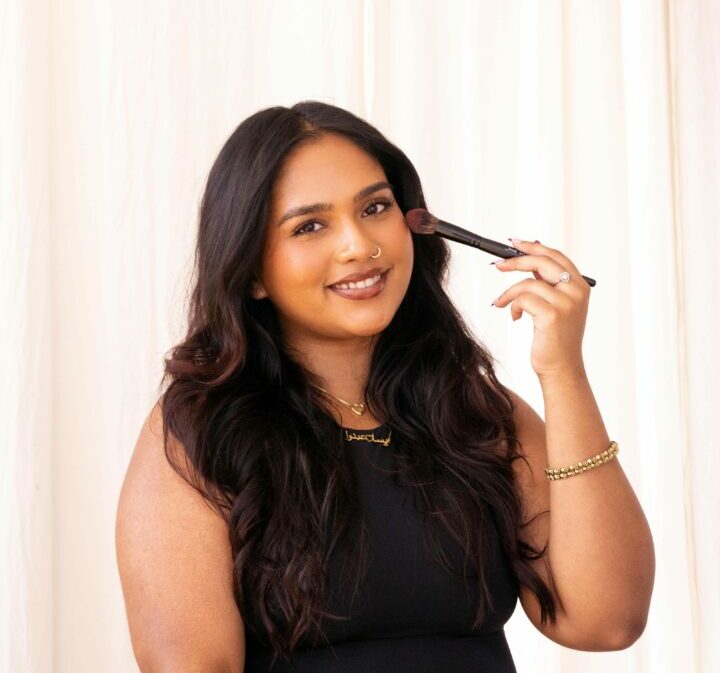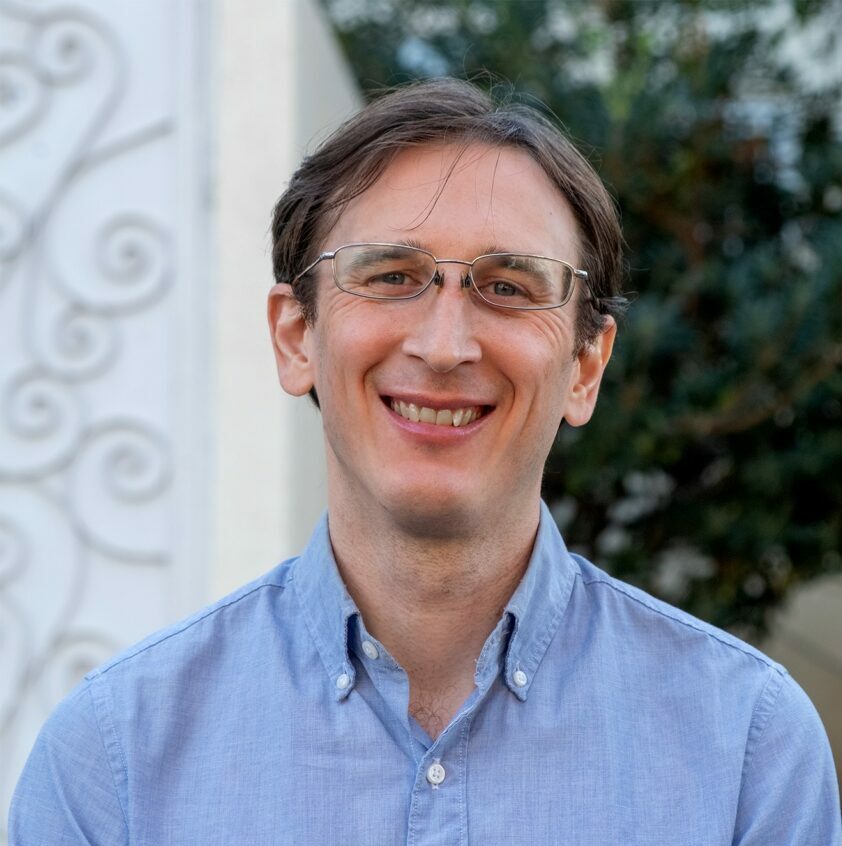We were lucky to catch up with Lisa Christie recently and have shared our conversation below.
Lisa, we’re thrilled to have you on our platform and we think there is so much folks can learn from you and your story. Something that matters deeply to us is living a life and leading a career filled with purpose and so let’s start by chatting about how you found your purpose.
When I think about how I found my purpose, I’d have to say it was always there. At a very young age I discovered I could accurately draw or copy a subject. It gave my soul a little bolt of energy and that made me want to do more. I loved art class in elementary school. I had a fabulous art teacher who had a beehive hairdo and white go-go boots. She loved the color magenta. I wanted to be just like her! I never tired of creating things and it satisfied something inside of me.
I continued to create in junior high, and I also began sewing – an outlet that helped me to stay creative later in life. Pop/Op Art at that time was influencing everyday life, and I was fascinated with patterns, textures and graphic designs. I spent hours drawing two-dimensional designs. I dreamed of creating bold, psychedelic album covers.
When I got to high school, I was fortunate to have a talented and passionate art teacher, Ms. Bogner. Her enthusiasm was infectious. Her teaching expanded my mind and opened my eyes to really seeing. One of the most impactful assignments she gave me was to draw a white egg on white paper, with a single spotlight illuminating the scene. The egg was alive with direct light and deep shadow, reflected light and luminous darks. There were layers of shading and so many subtle colors. There was light in the dark and dark in the light. Who knew such a marvelous world existed?! Mind blown! If I didn’t know before, I knew now that my purpose, my passion, was creating art.
I continued to learn and practice art in high school, trying out new mediums, experimenting with color and creating big works. At this point I was mainly working with pencil and pastels. I was drawn to subjects with dramatic lighting and lots of contrast. One of my pastel drawings won a Hallmark Award in a national art competition. I was the youngest winner to ever win a top five award in the state of Michigan.
When it came time to select a college, I considered the California ArtCenter College of Design, Rhode Island School of Design, and Parsons School of Design. In the end, I chose a university experience where I could explore my academic interests along with fine arts. I was accepted to the University of Michigan.
My plan was to become a medical illustrator. I loved art but was also good at math and science. At U of M, they had a graduate school for medical illustration that was one of the best in the country. To be accepted, you had to double major in art and pre-med. Biology, check. Chemistry, check. Vertebrate and Invertebrate Physiology, not so much. I dropped the class, something I regret to this day. I promised myself I would not give up ever again. It was a hard lesson in life that motivates me to this day.
After giving up the medical illustration dream, with the promise of a career and income, I was faced with a new challenge. How could I earn enough to support myself as an artist? I took some photography classes and continued developing my fine art skills. I got a job with the Michigan Daily newspaper and the Michigan Yearbook, which I enjoyed immensely. With a press pass, I took pictures on the sidelines of the Michigan football games. I took photos for amazing university plays, public meetings, volleyball games, and rock concerts. I developed film in the basement of the Michigan Union at two am after my bartending shift at Dooley’s Pub. I earned a full page feature of my artistic photos in the Michigan Daily! While the accomplishments were fantastic, photography didn’t fill me up like painting and drawing.
I remember sitting in a photography class pondering my future, having a vision or a moment of clarity – an epiphany of sorts. An internal voice told me, “It’s not your time. You have more life to live and other paths to follow. You’re not ready yet.” I thought, but when will I be? Again an answer formed in my consciousness and It said, “You’ll be ready when you’re 60”.
A few months from graduation, I had no job prospects in sight. Did I want a job as a photographer? Not really. There was no job fair or help for art students who were graduating. In fact, being in a professional career as an artist wasn’t respected. Graphic artists and illustrators were not considered real artists. I needed to support myself.
I went to the university library to research jobs for artists. In my research–and thinking that freelance illustration work was a viable option, I needed a promotion piece and a cover letter. I learned your odds of someone opening your letter were increased if you had a name rather than just addressing it to ‘art director’. I eventually found all art directors’ names in the Washington, DC metro area, where I planned to move after graduation. I designed a promotion piece with my best work, took it to a fine art printer and ordered 200 prints.
Out of the 200 mailers to art directors, newspapers and magazines, I got three calls. The first was from Science Magazine. The art director looked over my portfolio and said, “Wow, do you mind if I call the art department staff to come look at your work?”. That was a big confidence builder. But, I had not been published yet so she sent me off with the promise to call her back once I’d been published. The next call was from The Washington Post. They liked to feature local artists and were willing to take a chance on a newbie. The editor of the Food section wanted someone to do a pen and ink illustration of a baked good for a feature article on a local bakery. The title of the article was ‘Flour Power”. I got to work. I did a pen and ink pointillism drawing of a cinnamon bun and some daisies. It made the front page of the food section. I was paid $150. I’m a professional! Over time, I had some additional freelance work, but not enough to support myself. I fell back on my bartending skills, working for a restaurant group on Capitol Hill.
Over the years, I married and had three sons. I never forgot my internal voice that told me it wasn’t my time yet. I satisfied my creative urges in many ways. I learned to be a pretty good cook. I designed and hand quilted stained glass style reverse applique quilts with hand dyed fabrics. I painted murals and did custom home decorating. I did Trompe l’oeil and faux painting and I accepted an occasional commission. All the while, I was anticipating and preparing myself for the time when I would be ready.
I’m ready now.


Great, so let’s take a few minutes and cover your story. What should folks know about you and what you do?
What’s important to me now as an artist is the beauty, energy and the joy I find in nature. As an avid outdoors person, I find my joy in painting en plein air. I’m inspired by nature, both at home in the Maryland/DC area and from landscapes around the US, Europe, Canada and Japan.
Painting Cherry Dance, I was thinking about the fluid motion and the joy I saw in the trees around the Tidal Basin in Washington, DC. I saw them dancing and celebrating the springtime renewal of life.
In Rising Up, I was thinking about life’s challenges, about grit and resilience. Even if we are knocked down for a while, we can rise up with spirit and strength.
The Sandstone Cliffs of Prince Edward Island was inspired by the beautiful sandstone cliffs, covered with mossy green grass. The cliffs reach out into the sea where the waters from the Gulf of Saint Lawrence have ebbed and flowed for centuries, creating a dramatic coastline. This little painting is about that give and take energy, and the tiny key hole of sea blue light shining through the rock like a beacon of hope.
I hope viewers sense an appreciation for the places and spaces that inspired me to create the work.


Looking back, what do you think were the three qualities, skills, or areas of knowledge that were most impactful in your journey? What advice do you have for folks who are early in their journey in terms of how they can best develop or improve on these?
I think there are many things that have impacted my journey in life and art. Some are innate and some are learned. It’s the nature/nurture argument. I’ve spent a lot of time thinking about this. Adopted at birth, it wasn’t until I began exploring my DNA that I learned my birth mother, sister, and great grandmother were also painters. Today, I work in my home studio, surrounded by their work on my walls. They serve as inspiration and confirmation that this was the path I was meant to take.
Having a passion is the most important quality that has affected my journey as an artist. If a passion is true, it lasts a lifetime. It may ebb and flow, but it’s always there. I feel like I was born to create and be an artist. I have to do it and sometimes I’m surprised by its strength and persistence. Whether it comes out as a painting, a cake, a quilt or a well-decorated house, my art is always there. It drives me, and makes me excited to get up in the morning. Sometimes, I can’t sleep because I’m itching to get back to that painting I started the day before.
Next would be dedication. I think you have to have the dedication and discipline to hone your skills. We’ve all heard about the 10,000 hours it takes to be a master at something. I think that’s generally true. I love looking at art and studying art history. In art school, I learned about how art, music, history and philosophy all influence each other. That’s exciting to me and it informs my art today. We learn from, and build on, what came before us, and with that knowledge I hope to grow in my art practice. I will continue practicing art and learning new skills until I can’t hold a paintbrush or see images.
Risk taking is another important quality and the one that’s my biggest challenge. Having the courage to put your art (and soul) out there for others to critique can be scary. I have a quote from Georgia O’Keeffe on my pochade box that says, “It takes courage to create one’s own world.” My vision may not be someone else’s, but I have to trust the brush and that magical thing that happens when I’m painting. It reveals something to me and hopefully to the viewer. The goal is to tap into something universal.
As for advice I’d give to others, there’s so much out there to find online–workshops, tutorials, and Facebook groups, among them. Tap into what works for you. It’s amazing how accessible it all is. Anyone with an interest can work to develop their skills. Take a risk, sign up for a class, and ask for advice from someone you admire. But, most importantly, you’ve got to start!


We’ve all got limited resources, time, energy, focus etc – so if you had to choose between going all in on your strengths or working on areas where you aren’t as strong, what would you choose?
I think it’s best to find a balance between going all in on our strengths and learning new things to improve our weaknesses. For me, I needed to be well rounded in order to understand art and the world around me better. That meant I had to live my life for a long while before I knew what was in my heart. This isn’t always necessary. Some artists just feel it at a young age, but that wasn’t me. Taking the time to learn and grow and experience life added more tools to my belt.
Being well rounded also meant understanding the history of art, artists’ ideas and techniques, and how they developed over time. The history of art is a fascinating story! It builds a foundation of knowledge on which to draw when creating. It’s always there, like a program running in the background – a whole library of thought and inspiration. Even Michelangelo bowed down to, and was influenced by, the ancient Greek sculpture, Laocoon and His Sons, when it was unearthed in Rome. The Impressionists and Modern Artists were influenced by Japanese Art and printmaking – the flattening of planes and the use of negative space and color. Picasso was influenced by African Art. He exclaimed, “Good artists copy, great artists steal.”
Understanding the “rules” of art and design is also important. When you know the rules, you can knowingly break them. When done right, the tension of the broken rule creates interest and a vibration that holds the viewer’s attention. I wanted to understand the reasons behind art movements and how they built on or opposed what came before. When you have all of that knowledge, I think you are better able to experiment and create something unique – your own world.
Contact Info:
- Website: https://www.lisachristieart.com
- Instagram: https://www.instagram.com/lisachristie.art
- Linkedin: https://www.linkedin.com/in/lisa-christie-a83853299/


so if you or someone you know deserves recognition please let us know here.




